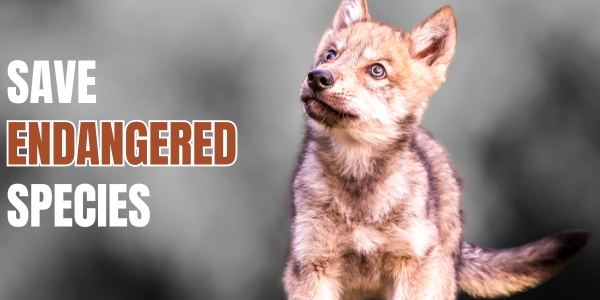Photo credit: Brian K. Lang, NMDFG
Koster’s springsnail (Juturnia kosteri) | ESA status: endangered
Koster’s springsnail
The tiny, endangered Koster’s springsnail is found only in the Bitter Lake National Wildlife Refuge in Chaves County, New Mexico.
Koster’s springsnail facts
This miniature snail, about the size of a pencil eraser (4 to 4.5 millimeters), is one member of the diverse freshwater snail family Hydrobiidae, which inhabit a great variety of specialized aquatic habitats. Hydrobiidae females are generally larger and longer-lived than males. Koster’s springsnail has specific habitat requirements: spring heads of 10 to 20°C and slow to moderate water velocity. It prefers a compact stream-bottom; deep organic silt or gypsum sands and gravel. It has a narrow, conical, whorled, pale tan shell.
Koster’s springsnail is similar to another Bitter Lake resident, the Roswell springsnail, but can be distinguished by its nearly colorless operculum (the foot disk which closes the snail’s “door” when it retracts into its shell). Roswell springsnails have a dark amber operculum with white spiral streaks and are slightly smaller.
Koster’s springsnail likely evolved from one of the snail species that enjoyed a broader distribution during the wetter, cooler Pleistocene around 10,000 years ago. They have a short lifespan, only nine to 15 months, and reproduce several times during that brief opportunity. They feed on algae, bacteria, and decaying organic material.
Koster’s springsnail habitat
Koster’s springsnail was originally found in Sago Spring at Bitter Lake National Wildlife Refuge, and another population was found in 1995 on private land east of Roswell. It was once present at other springs in the Roswell area, but those springs have dried up, apparently due to groundwater pumping. It is presently most abundant on the deep organic mulch at the bottom of Bitter Creek and in the Sago Springs complex at Bitter Lake.
What are the threats to Koster’s springsnail?
Koster’s springsnail are important ecological barometers of water quality. They are very sensitive to oxygen levels, water temperature, sedimentation and contamination. Their disappearance usually indicates the loss or degradation of a pristine spring or watercourse.
Aquifer depletion and contamination from development and oil and gas drilling in the Roswell Basin are the most pressing threats to this species. There are at least 190 oil wells surrounding Bitter Lake that could contaminate the aquifer that underlies the refuge.
What WildEarth Guardians is doing to protect Koster’s springsnail
We fought to obtain the protections this snail now enjoys under the Endangered Species Act, and we will continue to advocate for responsible water use and against the proliferation of oil and gas drilling and unsustainable development that threatens Bitter Lake. Our vision for the whole of the West, not just Bitter Lake, is that of clear streams and springs free of pollution and home to their full complement of unique inhabitants.
Historical Significant Actions
Wildlife Press: Koster’s springsnail
Bitter Lake National Wildlife Refuge Receives Stronger Safeguards through the Endangered Species Act
Government Designates Critical Habitat to Protect Water Quality for Bitter Lake Animals
Contact: Nicole Rosmarino (505) 699-7404
